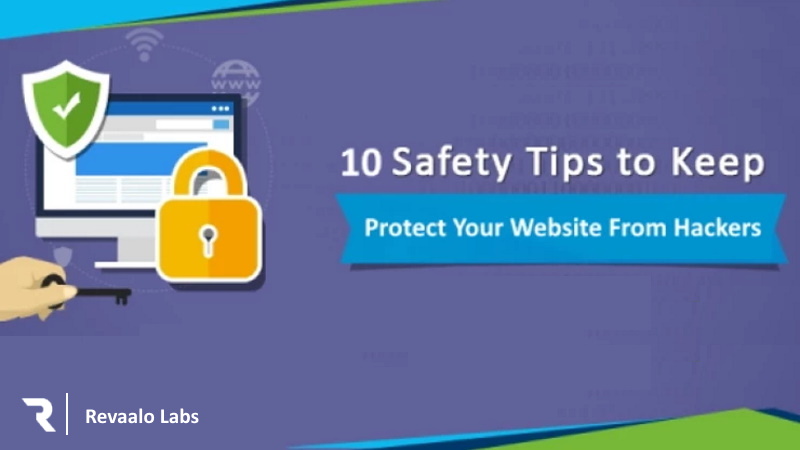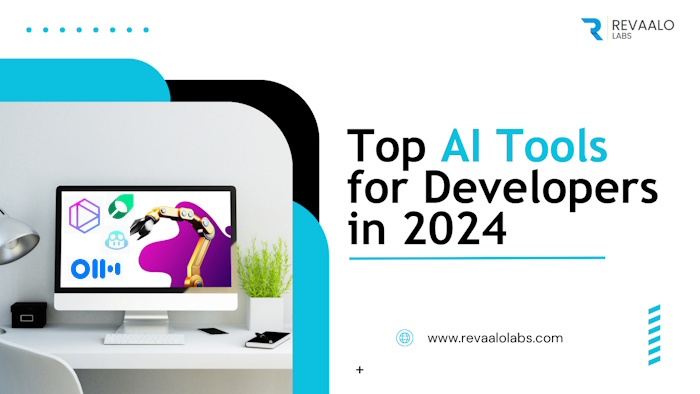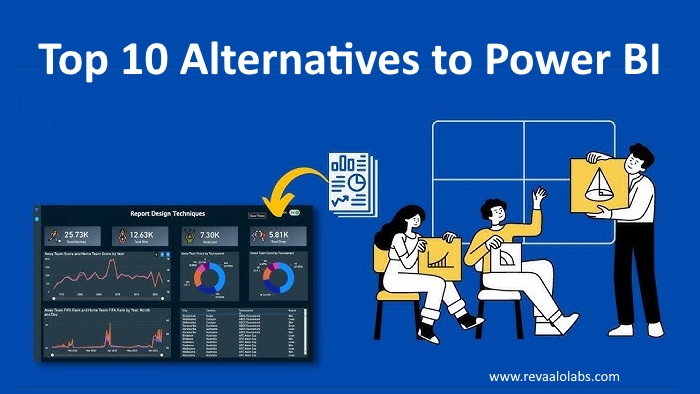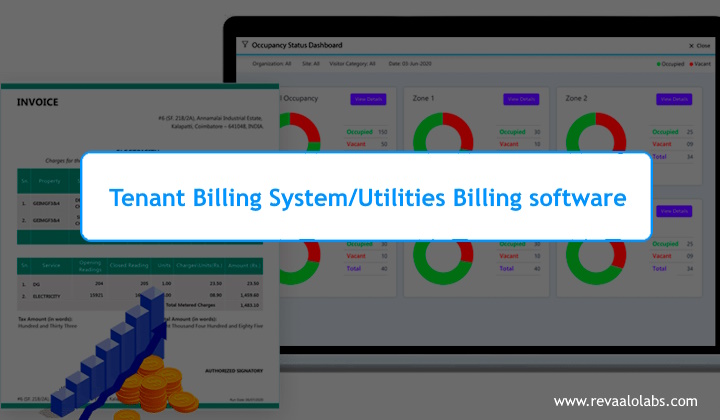#Website #Security #Hackers #Software

Nowadays, many of the webmasters want to know how to protect your website from hackers and other malicious attacks. Keeping your website safe and secure from hackers is an ongoing process. Ultimately you are responsible for securing your own website.
Don’t leave the front door of your site wide open! You need to secure your website, which means putting protection in place to keep out hackers, bugs, and other online nasties. Otherwise, your data could be at risk, your site could crash, or you could even lose money!
Take a look at these top tips to ensure you are keeping yourself and your website safe while online.
1. Stay updated
This first tip may seem obvious to some, but the importance cannot be underestimated. It is critical to ensure all software is kept up to date in order to keep your site secure. This applies to both the server operating system as well as any software that may be running from within the website, including CMS and forum.
Failing to update your website`s software, security, and scripts when necessary is a sure way to allow intruders and malware to take advantage of your site.
2. SQL Injection
SQL injection attacks are done by injecting malicious code in a vulnerable SQL query. They rely on an attacker adding a specially crafted request within the message sent by the website to the database.
When you use standard Transact SQL it is easy to unknowingly insert rogue code into your query that could be used to change tables, get information and delete data. You can easily prevent this by always using parameterised queries, most web languages have this feature and it is easy to implement.
3. Cross-site Scripting (XSS)
Cross-site scripting (XSS) attacks inject malicious JavaScript into your pages, which then runs in the browsers of your users, and can change page content, or steal information to send back to the attacker.
The best way to protect against an XSS attack will be for your Web application to use an advanced SDL, or security development lifecycle. The purpose of an SDL is simply to limit the number of coding errors in your application.
4. Use Secure Passwords
The best website security starts with a secure password. The backend (the developer side) of every website is password protected. Although it’s tempting to use an easy to remember password; don’t.
Your password needs to be something unique that will be almost impossible to guess or to crack. It needs to belong and must contain both upper and lower case letters and also numbers. You should also endeavor to use characters ($,! #?=, etc.) in it too.
5. Beware of error messages
Be careful with how much information you give away in your error messages. Provide only minimal errors to your users, to ensure they don`t leak secrets present on your server (e.g. API keys or database passwords). Don`t provide full exception details either, as these can make complex attacks like SQL injection far easier.
Keep your error messages simple enough that they don’t inadvertently reveal too much. But avoid ambiguity as well, so your visitors can still learn enough information from the error message to know what to do next.
6. Backup your Data
Back up your site regularly. You should maintain backups of all of your website files in case your site becomes inaccessible or your data is lost. Your web host provider should provide backups of their own servers, but you should still backup your files regularly. Some content management programs have plugins or extensions that can automatically back up your site, and you should also be able to back up databases and content manually.

7. Limit file uploads
File uploads are a major concern. No matter how thoroughly the system checks them out, bugs can still get through and allow a hacker unlimited access to your site’s data.
The best solution is to prevent direct access to any uploaded files. Store them outside the root directory and use a script to access them when necessary. Your web host will probably help you to set this up.
8. SSL
The letters in “https” stand for Hypertext Transfer Protocol Secure. Any webpage that uses this protocol is secure. Those pages exist on a specific server and are protected. Any page that contains a login or asks for payment information needs to be on this secure system. With that said, it is possible to set up your entire website using https.
By taking basic precautions, you reduce the likelihood of an attack. And if you are targeted, the sensitive information on your site is better protected if you have these simple defenses in place.
9. Hide admin pages
Naming your website`s sensitive files` folder "admin" or "root" is convenient; unfortunately, this goes for both you and hackers alike. Changing these files` location`s name to something boring can make it harder for would-be attackers to locate your files.
You do not want your admin pages to be indexed by search engines, so you should use the robots_txt file to discourage search engines from listing them. If they are not indexed then they are harder for hackers to find.
10. Web Security Tools
Once you have put all the necessary measures in place it is important to test your website security. This can be done using website security tools, and is often referred to as penetration testing.
Some free tools that are worth looking at:
- Netsparker (Free community edition and trial version available). Good for testing SQL injection and XSS)
- SecurityHeaders.io (free online check). A tool to quickly report which security headers mentioned above (such as CSP and HSTS) a domain has enabled and correctly configured.
- OpenVAS claims to be the most advanced open source security scanner. Tests for over 25 000 known vulnerabilities. It should be noted this can be difficult to set up and requires an OpenVAS server to be installed.
Finally, Securing your website is not an one time activity, its an ongoing process. You need to keep yourself updated with latest vulnerability, patches and tools.
Be Safe ! Be online!
Revaalo labs your one stop solution for Digital Transformation needs.

One of the most critical decisions website developers must make is deciding what unit of measurement to use when sizing elements, fonts, and other design properties.
Read more
It`s an amazing technology-one that will help us solve society`s toughest problems and reshape the world.
Read more13
December

Today, web browsers play a significant role in our lives, providing us with access to a world of information and possibilities.
Read more
Power BI is a popular business intelligence tool developed by Microsoft for data visualization and analysis. While Power BI is a robust solution, there are several alternatives available that cater to different needs and preferences.
Read more09
October

Tenant billing systems are software solutions used by property owners, managers, and landlords to accurately bill tenants for their usage of utilities and services.
Read more